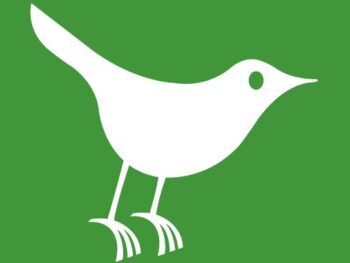There has been a lot published and discussed on whether someone should wear a mask to prevent the spread of the coronavirus. At Blackbird Clinical we recommend that everyone when out in a public place wear a face mask to prevent the spread of this disease and to especially protect our most vulnerable populations.
How much protection does a mask offer?
This depends on the type of mask you are wearing. Surgical masks and N95 respirator masks are designed to filter out large and small particulates and when worn properly offer a higher degree of protection.
These types of masks are in short supply and are being allocated to medical professionals and first responders who are knowingly coming in contact with individuals with COVID 19.
That leaves the general public with the option of wearing a cloth mask which when worn and handled properly can be beneficial. Face masks combined with other preventive measures, such as frequent hand-washing, not touching your face, and social distancing, help slow the spread of the disease.
CDC Recommendation
The CDC updated its guidance to recommend widespread use of simple cloth face coverings to help prevent transmission of COVID-19 by people who have the virus but do not know it. This is because those with the virus can be infectious up to three days prior to showing symptoms, and in some cases the infectious person never has any symptoms. Both groups can unknowingly spread the virus to others.
Wearing a mask protects those who come in close contact with those carrying the virus, especially persons at a higher risk of becoming extremely ill or dying from this disease.
So the main reason to wear a mask, even if you feel healthy, is to protect those around you …. especially those who are older or have some underlying health condition.
How to wear a cloth face mask
Cloth face masks should be worn in public settings where social distancing measures are difficult to maintain. Places like grocery stores and especially in areas with potential for significant community-based transmission.
Here are a few pointers for putting on and taking off a cloth mask:
- Place your mask over your mouth and nose.
- Tie it behind your head or use ear loops and make sure it's snug.
- Don't touch your mask while wearing it.
- If you accidentally touch your mask, wash or sanitize your hands.
- Remove the mask by untying it or lifting off the ear loops without touching the front of the mask or your face.
- Wash your hands immediately after removing your mask.
- Regularly wash your mask with soap and water in the washing machine. It's fine to launder it with other clothes.
For additional information on how to wear a cloth face mask properly and how to make your own go to DIY Face Masks.
Finally, here are a few face mask precautions:
- Don't put masks on anyone who has trouble breathing, or is unconscious or otherwise unable to remove the mask without help.
- Don't put masks on children under 2 years of age.
- Don't use face masks as a substitute for social distancing.
Do not let wearing a face mask give you a false sense of security. Wearing a mask is beneficial, but not keeping your distance from others or going into crowded areas can still put you at a higher risk of contracting the virus.
For an informative video that addresses many of the questions on wearing a mask go to Wearing a Face Mask.


